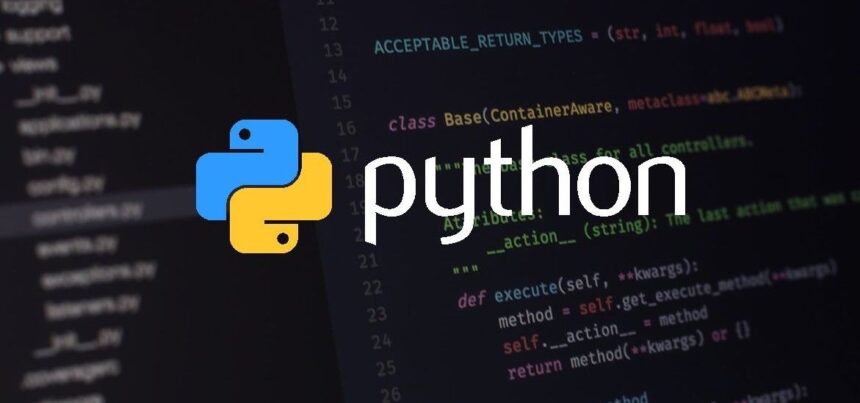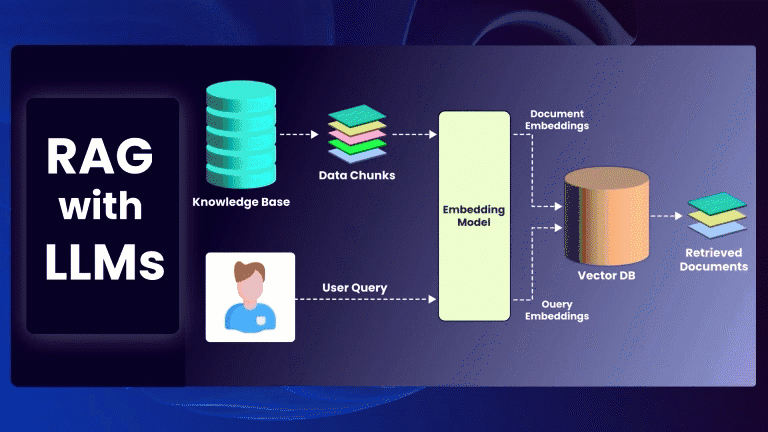Python has emerged as one of the most popular and versatile programming languages, with applications ranging from web development to scientific computing. In this comprehensive guide, we’ll delve into the various aspects of Python, its use cases, popular frameworks, and its pivotal role in the fields of artificial intelligence (AI) and machine learning (ML).
Python: An Overview
Python is a high-level, interpreted programming language known for its simplicity, readability, and extensive libraries. Here’s a brief overview of its key features:
- Simplicity: Python’s syntax is designed to be straightforward and easy to understand, making it accessible to beginners and experienced developers alike.
- Versatility: Python supports multiple programming paradigms, including procedural, object-oriented, and functional programming.
- Large Ecosystem: Python boasts a vast ecosystem of libraries and frameworks for various domains, including web development, data analysis, scientific computing, and AI/ML.
Python in Web Development
Python is widely used in web development for both backend and frontend tasks. Here are some key frameworks and libraries:
- Django: A high-level web framework that encourages rapid development and clean, pragmatic design.
- Flask: A lightweight web framework that is easy to learn and flexible, making it ideal for building small to medium-sized web applications.
- FastAPI: A modern, fast (high-performance), web framework for building APIs with Python 3.7+ based on standard Python type hints.
Python in AI and Machine Learning
Python has become the language of choice for AI and ML due to its simplicity, versatility, and powerful libraries. Here’s how Python is used in these fields:
- Libraries and Frameworks:
- NumPy: A fundamental package for scientific computing with Python, providing support for arrays, matrices, and mathematical functions.
- Pandas: A powerful library for data manipulation and analysis, particularly useful for working with structured data.
- SciPy: A collection of algorithms and mathematical tools for scientific computing.
- scikit-learn: A simple and efficient tool for data mining and data analysis, providing a wide range of machine learning algorithms.
- TensorFlow: An open-source machine learning framework developed by Google for building and training ML models.
- PyTorch: An open-source machine learning library developed by Facebook’s AI Research lab, known for its dynamic computational graph.
- Keras: A high-level neural networks API, written in Python and capable of running on top of TensorFlow, Theano, or CNTK.
- Data Preprocessing and Exploration:
- Python libraries like NumPy, Pandas, and Matplotlib are used for data preprocessing, exploration, and visualization tasks.
- Model Training and Evaluation:
- Frameworks like TensorFlow and PyTorch provide tools for building, training, and evaluating ML models, while scikit-learn offers a wide range of algorithms for classification, regression, clustering, and more.
- Deployment and Production:
- Python frameworks like Flask and FastAPI are used for building APIs to deploy ML models into production environments.
- Libraries like TensorFlow Serving and ONNX Runtime facilitate model deployment and inference.
Python in Other Domains
Apart from web development and AI/ML, Python finds applications in various other domains, including:
- Data Science: Python is widely used for data analysis, visualization, and predictive modeling in fields such as finance, healthcare, and marketing.
- Automation: Python’s simplicity and extensive libraries make it well-suited for automating repetitive tasks, such as scripting, web scraping, and process automation.
- Scripting and System Administration: Python is commonly used for scripting tasks and system administration, thanks to its ease of use and cross-platform compatibility.
Conclusion
Python’s versatility, simplicity, and rich ecosystem of libraries and frameworks make it an indispensable tool for developers across various domains. From web development to AI/ML, Python empowers developers to build robust, scalable, and innovative solutions. Whether you’re a beginner exploring the world of programming or an experienced developer looking to tackle complex AI algorithms, Python offers something for everyone. So, dive into Python and unlock the endless possibilities it offers in shaping the future of technology.






